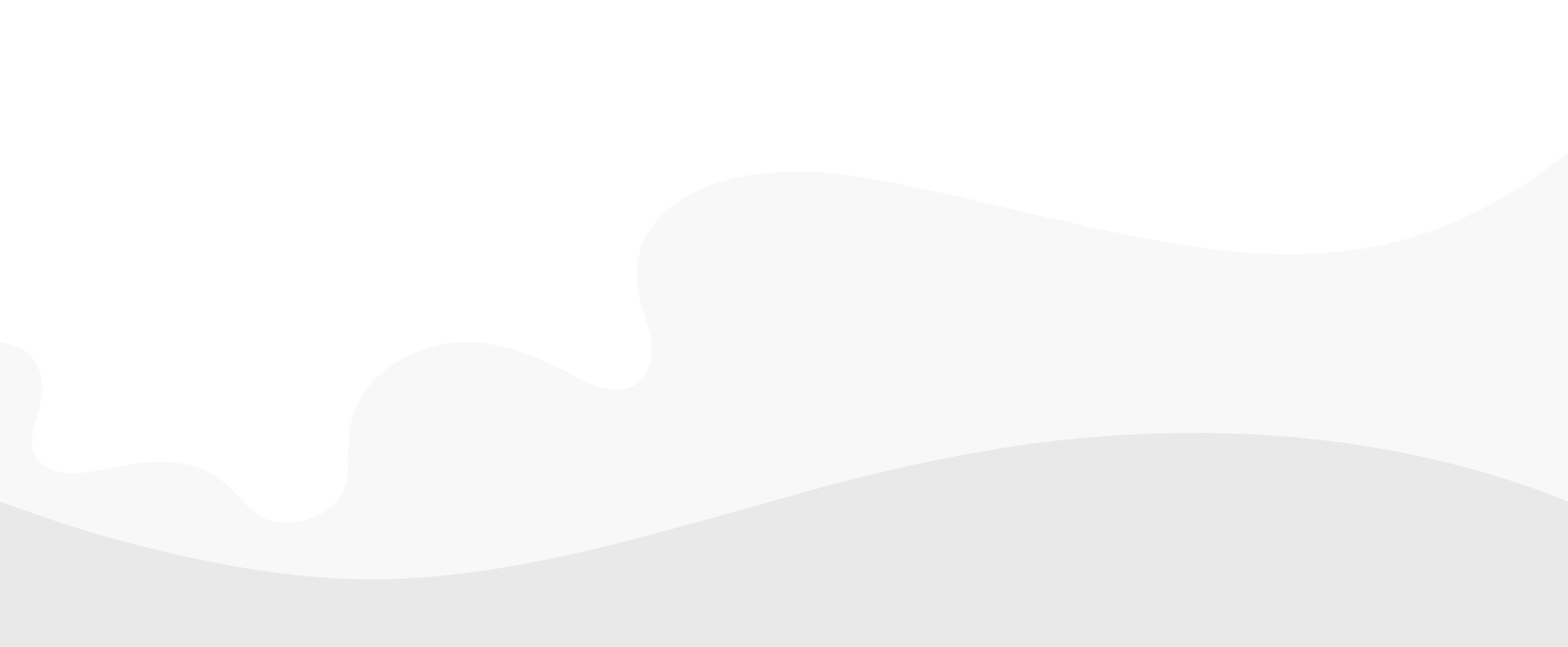
We humans always insist on imposing our will on our canine friends, “sit, stay, shake, etc…” but why do we never listen? Dogs are incredibly happy and loving creatures, can you say the same about yourself? Embrace the wisdom of the dog and finally realize your dream of being as content with your life as a golden retriever living with an upper middle class family. Meet The Fortune Doggo. 🐾 🐾 🐾 🐾 🐾 🐾 🐾 🐾 🐾 🐾 🐾 🐾 🐾 🐾 🐾 🐾 🐾 🐾

about
"The Fortune Doggo" is a delightful project aimed at bringing joy and whimsical advice to those who interact with it. As this was created for the final assignment of my Narratives and Dynamic Systems class, I was feeling dreary and depleted as I struggled to keep up with my workload. Recognizing that my peers might be experiencing the same melancholia, my primary objective for this project was to create something that could offer stress-free, adorable fun to the frazzled and exhausted.
I set specific technical goals for this project, aiming to design a well-crafted physical product that would dispense fortunes, drawing inspiration from the classic fortune booths found in odd and unexpected places. Some well-known examples include the Zoltar booths (various locations) and the RuPaul Speaks Fortune Teller Machine (The Museum Of Sex). To accomplish this, I used a Raspberry Pi 3 B+ and a mini thermal printer, and I utilized Python to write a script that generated random fortunes, which would then be printed out with the press of a button.
Overall, "The Fortune Doggo" was a labor of love, created to spread positivity and joy while showcasing my technical skills and creativity. My hope was that it would serve as a source of amusement and relief for my fellow students during a challenging time in the semester.
Created in fulfillment of final project for class Narrative and Dynamic Systems, The New School, Parsons School of Design.
March 2022

How It was made
I began this project by sketching out the design. Once I had a visual representation, I proceeded to write the background statement and library of fortunes. I was careful to maintain a language pattern that made it seem as if a wise dog were providing advice and guidance for the future. Next, I delved into the technical aspects of the project, which involved setting up the Raspberry Pi 3 B +, connecting it to the printer and button, and ultimately writing the Python script. I also needed to figure out a way to make the Raspberry Pi automatically run the code upon startup without requiring a keyboard or monitor connection.
After I had the computational components in order, I focused on creating the physical booth. Following my sketch, I constructed the booth using MDF and cut and drilled all the necessary holes for both aesthetic and technical purposes. I then gave the box a base coat of vibrant blue paint. Instead of intricately painting the details on the box, I designed everything digitally using Procreate and printed it out to scale with a plotter. I then easily adhered everything to the MDF using mod podge and touched things up with paint. Lastly, I crafted a charming dog figure out of clay, painted it, and installed it in the booth. The final step involved placing the plastic windows, and the project was complete, looking visually appealing and engaging. I was meticulous in measuring and planning everything in advance, which made the installation of the button, printer, and Raspberry Pi a straightforward process. I simply placed them all in their designated spots.
Throughout the development of this project I conducted many playtests. I sought feedback on both the content and design. I also had individuals read through the fortunes in context and gathered opinions on the narrative voice and content. After completing the technical components, I had people test the functionality of pressing the buttons and receiving their fortunes. Finally, after constructing the physical installation and integrating the computational pieces, I had others test the project with no external instruction or guidance. This allowed me to make minor adjustments to the project and ensure that it could exist on its own.


